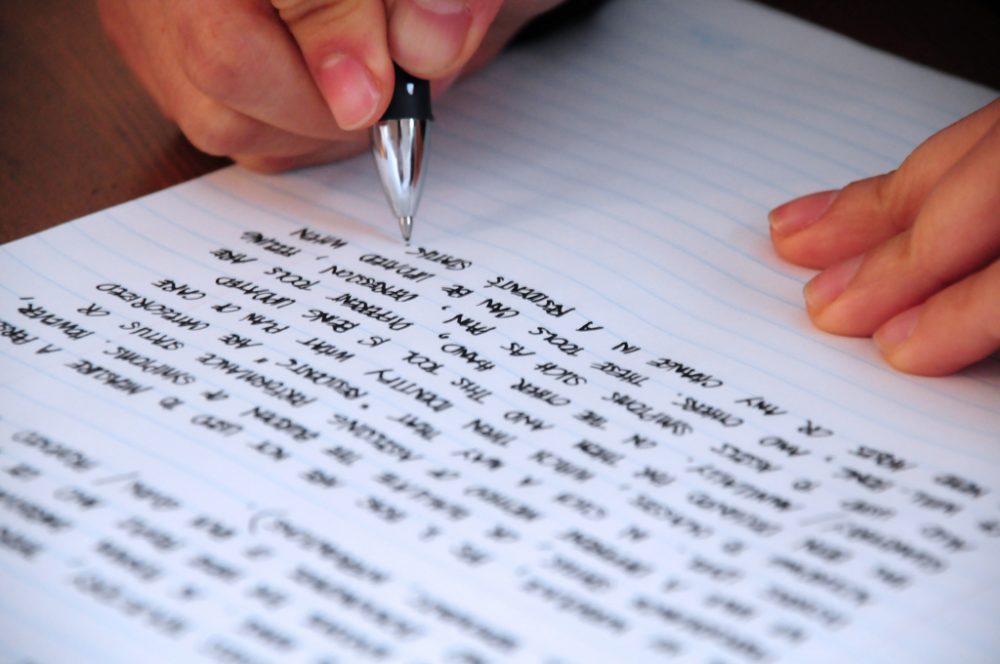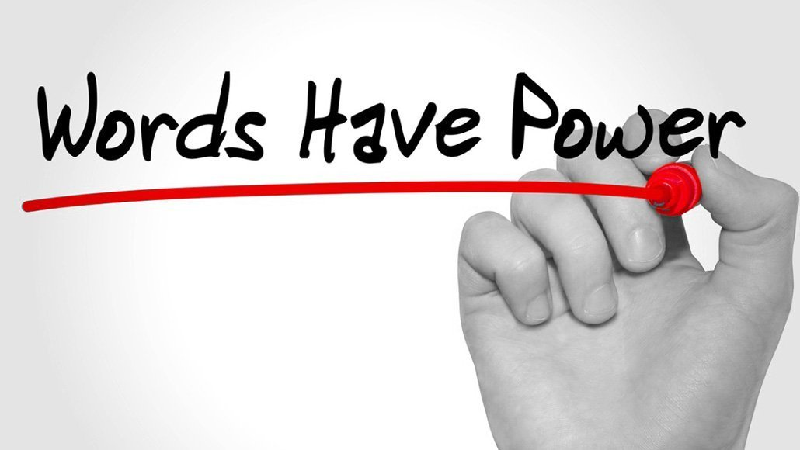There are four different styles of writing all writers use. Over the years as I developed more abilities, I have relied more on certain techniques than others. The knowledge of the four methods has helped me create informative and valuable write-ups. Besides as an editor of
, reading incisive books of members has broadened my writing skills. This post shares what I have discovered about writing techniques.
What are the reasons for writing?

All writing has a purpose. Once you know the purpose, then you must follow the usual style for that type of writing.
For instance, if you are a web content writer like me, you know whom you are writing to and how much time you must get your reader’s attention.
If you cannot do that in a few seconds with a captivating headline, you have lost the reader. Web content is fast-paced informative and concise. That is not entirely the case if you are writing a Romance or Thriller.
Each type of writing has a form, features, and rules you must follow. Let us discuss the four writing techniques now.
Four writing methods explained
The four widely used and known writing methods include: expository, descriptive, narrative, and persuasive.
Expository Technique

In this method, you are explaining or describing something to the reader in detail about a subject to instruct your reader. The writing supplies insight on the topic that the reader did not know before.
To find out the purpose of the writing, and to clarify if you are using an expository writing style, answer these questions. Is that write-up explaining that subject better? Is it an informative piece or work? Is that writing answering questions about how, what, and why?
Examples of expository writing includes business newspapers which give you more facts and insights about a specific subject. Others are magazine articles, how-to books, scientific research, self-help books, cookbooks, textbooks, and educational information.
You are not writing to persuade the reader but give facts to the reader about a chosen subject. Your word choice will teach and inform without adding your opinion. For example, “A how-to book” will explain what a reader must do and show the steps to take in order to do that thing.
Tips for expository style writing include not using words that imply a yes or no, proper research, employing quotes, and infographics as highlights. Supply concise and plain guidelines, name authorities, and on the web, link to more websites or resources.
Descriptive Writing
Descriptive writing uses literary devices like metaphors and similes. Your purpose of using descriptive writing technique is to make the reader experience the action of your topic.
That is what most fiction writers do. They transport you into a scene in the book and make you take part in the action. Other examples of writing that make use of this style are creative nonfiction and nonfiction memoirs.
For fiction writing, the more you can describe the subject the more relevant your story will be to your reader. If the events, characters, and scenes are vivid, readers can relate to them and understand the writing.
Descriptive writing is short. Examples are written songs, lyrics travel diaries and personal journals, poetry, and prose.
These tips can unlock your reader’s imagination. In your descriptive style of writing, use metaphors and similes, appeal to the six senses of sight, feeling, touch, taste, smell, and sound. Use adjectives and nouns, verbs, and adverbs to draw readers to tiny facts.
Narrative Writing Technique
The writing style is more difficult since you must write the opening middles and ending, add a conflict and the dialogue of the story. You draft epic poems and most fiction novels with this style.
Biographies, epic poems, screenplays, saga, fables, Essays describing an event and the lesson it taught you, and historical stories and Myths.
The main difference between narrative and descriptive writing techniques is whether you have a properly created story.
To write in a narrative style, outline the story or how events will happen, give vivid character and scene description, let the reader see essentials internal thoughts of the story.
Show a lesson the reader will take away and use an actual language they can connect with. Solve the why, when, where what how, and why in the story.
Persuasive Writing

This is more to make people accept what you are canvassing in the writing. Your purpose for this writing is to persuade your reader to act or believe something.
This type of writing needs a lot of research, study, and sound thinking. You appeal to the emotional side of your reader to make them do as you say.
Most copywriting to sell something is persuasive, advertisements and business proposals and political speeches are examples.
Other examples are editorial opinions in newspapers and magazines, company brochures, complaint letters, or letters asking for a specific action. The last is an essay to canvass your belief or pursue an opinion in a matter.
How to influence your readers to act more in your favor?
To influence your audience to buy your latest product, or solve your community’s problems, ensure your writing has data and concrete proof to support your arguments.
You must also quote sources of your data, show how the action you want the reader to take benefits them, or how supporting you will make them feel better.